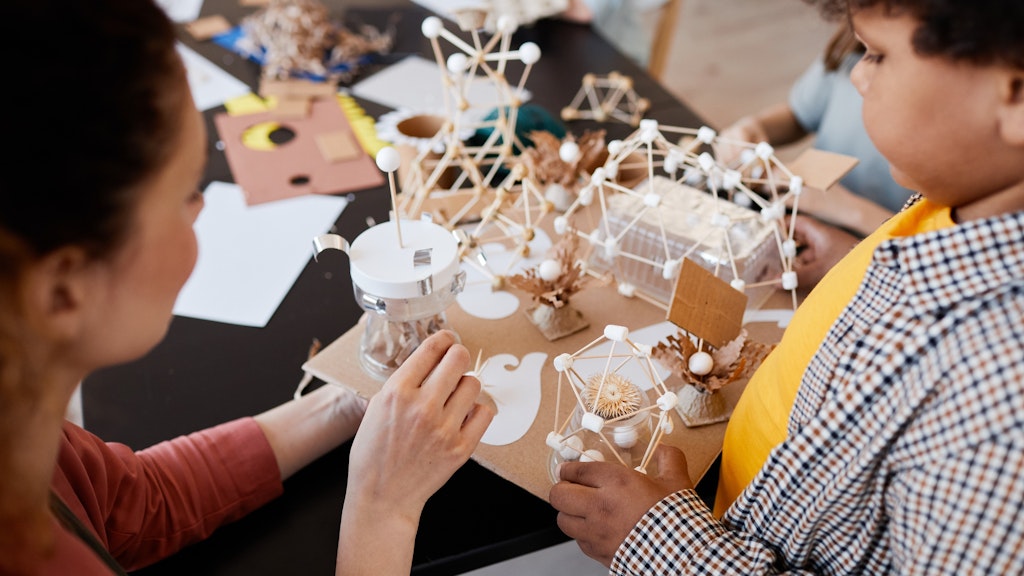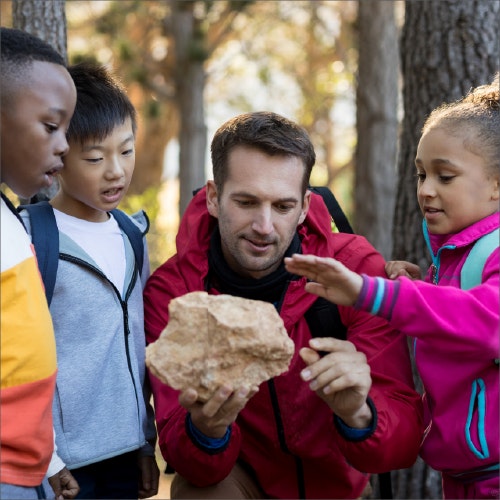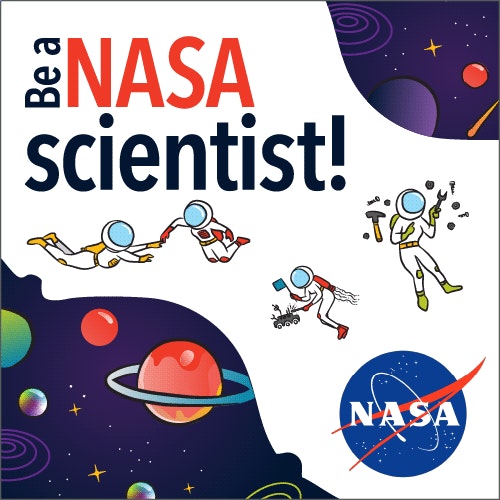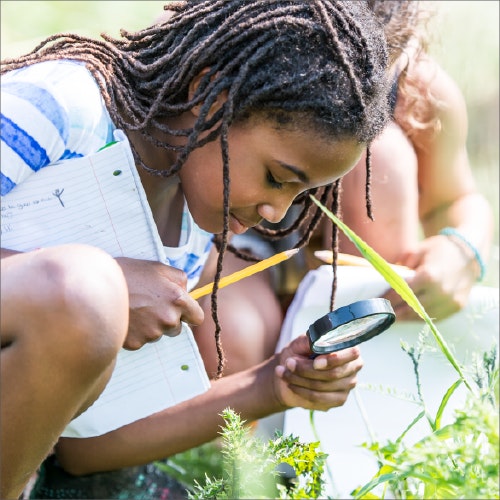STEAM is an integrative approach that builds student interest in science, technology, engineering, arts and math as it develops a range of important skills. The multidisciplinary nature of STEAM addresses the ISTE Standards and reinvents learning by:
- Promoting collaboration among educators across disciplines to develop projects or challenges.
- Designing activities that use data to address real-world issues.
- Helping students apply higher-order thinking skills to open-ended problems.
- Allowing students to design and innovate.
The STEAM approach fosters innovation, values real-world application, builds content knowledge and provides hands-on learning opportunities for students. With STEAM, educators can capture the imagination and empower students to explore a universe of possibilities.











